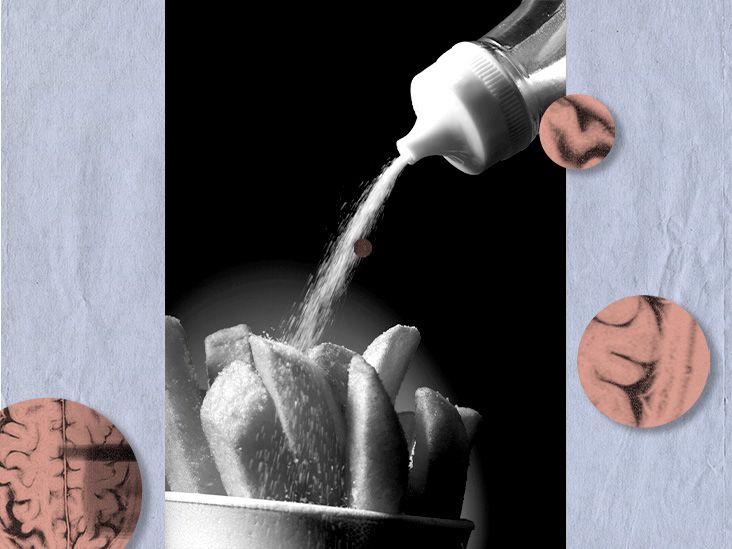Type 1 diabetes occurs when the body does not produce enough insulin. Blood sugar levels remain high unless a person uses medication to manage them. An immune system reaction may be the cause of type 1 diabetes.
There is no cure for type 1 diabetes. However, with medical help, people can manage the condition and lead full and active lives.
In this article, we explore the causes, how to manage it, and how to recognize the symptoms.

Diabetes occurs when damage to beta cells in the pancreas means the body can no longer produce enough insulin. Insulin is a hormone that the body needs to manage blood glucose levels, also known as blood sugar.
Type 1 diabetes is most likely to occur from an immune system reaction. This reaction causes the body to attack its insulin-producing beta cells in the pancreas.
Type 1 diabetes
Insulin enables glucose from food to enter the body’s cells to produce energy. If glucose cannot enter these cells, excess sugar builds up in the blood, which is a symptom known as hyperglycemia. Eventually, it causes damage throughout the body.
In addition, the person’s cells will not have enough glucose to function properly, leading to fatigue and other issues.
Lifestyle choices may help prevent type 2 diabetes but cannot prevent type 1. While there is currently no cure, there are ways to manage the disease.
Diabetes resources
Visit our dedicated hub for more research-backed information and in-depth resources on diabetes.
The symptoms of type 1 diabetes usually appear over a
- increased hunger and thirst
- frequent urination
- blurred vision
- tiredness and fatigue
- weight loss without an apparent trigger or cause
Anyone who experiences these symptoms needs to seek medical help as soon as possible.
Between
Symptoms include:
- a fruity smell on the breath
- dry or flushed skin
- nausea or vomiting
- abdominal pain
- breathing difficulty
- confusion and difficulty focusing
In time, various complications can arise, leading to various other symptoms.
The honeymoon phase
When a person receives a diagnosis of type 1 diabetes, their body may continue to produce insulin for a while.
During this time, their insulin levels can fluctuate. They may need fewer insulin shots to maintain healthy blood glucose levels — doctors refer to this as the honeymoon phase.
As the individual varies their insulin doses, it can seem like their condition is improving, but this is unlikely.
However, recent research has found that treating type 1 diabetes at this stage could stop its progression and reverse it. Promptly identifying this phase is key to improving outcomes.
People need to continue to work with a healthcare team and follow the recommended treatment plan during this time.
Managing type 1 diabetes can help reduce the risk of various complications.
These
- diabetic retinopathy, which can lead to
vision lossTrusted Source - diabetic neuropathy, which affects nerve function
- diabetic nephropathy (kidney disease), which can lead to kidney failure
- cardiovascular disease, heart attack, stroke, and peripheral vascular disease
- skin disorders
- dental problems, including tooth loss andgum disease
- mental health problems, such as depression
Following the treatment plan can help
The
- a needle and syringe
- an insulin pen
- an insulin pump
If insulin does not fully control glucose levels, some people may need additional medication, such as pramlintide (Symlin), which helps manage glucose levels after eating.
A doctor will advise on the best option for individuals.
It may also result from exposure to a virus. As the immune system fights against the virus, it starts to work unnecessarily against healthy cells, in this case, insulin-producing cells in the pancreas.
Some
If a person has symptoms that may indicate type 1 diabetes, a doctor will carry out blood tests.
A random plasma glucose test can identify blood glucose levels at a specific time. An A1C test, which measures blood glucose levels over the
These tests can show if diabetes is present, but a person needs more tests to determine whether it is type 1 or type 2.
Healthcare professionals may perform a blood test to look for autoantibodies more common in people with type 1 diabetes than type 2.
A person with untreated type 1 diabetes is at risk of developing DKA, which can be life threatening.
If they take too much insulin, they also face a risk of hypoglycemia, also known as low blood sugar. Symptoms
In the
Seeking medical help and following a treatment plan can help reduce the risks relating to type 1 diabetes.
Before the discovery of insulin, a person with type 1 diabetes could expect to live only a few
Despite this progress, people with type 1 diabetes still face a
While complications can occur if a person has difficulties controlling their blood sugar, many individuals lead typical and active lives with proper care.
Research into immunotherapy, beta-cell replacement, and artificial pancreas systems offers hope for better management and potential cures in the future.
Type 1 diabetes is an autoimmune disorder in which the immune system attacks and destroys cells in the pancreas that produce insulin. This can lead to high sugar levels in the blood, which can have severe consequences.
Early signs include frequent urination, increased hunger and thirst, and vision changes, but diabetic ketoacidosis can also be the first indicator. In time, complications can develop.
Treatment with insulin is necessary for managing diabetes and preventing complications. With treatment, a person with type 1 diabetes can live a full and active life.


